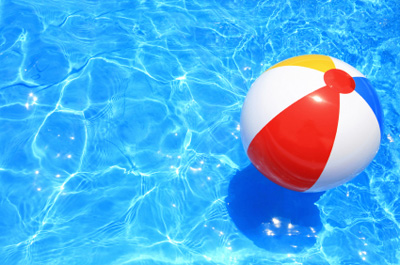Drowning is the fifth leading cause of fatalities resulting from unintentional injury in the U.S. Roughly 10 people die as a result of drowning per day; two of these victims are younger than age 15 according to the US Centers for Disease Control (CDC). In the latter group, drowning is the second most prevalent cause of injury-related fatalities, second only to vehicle accidents. Children from 1 to 4 years old are particularly vulnerable; drowning causes more fatalities in this age group than any other cause except congenital birth defects.
Given these statistics, it is important to keep your ho me safe by raising awareness about the risk of drowning. Remember that drowning can happen anywhere: in a swimming pool, certainly, but also wherever there is water, if you don’t have a pool. Drowning can occur in a bathtub or water-filled outdoor garbage receptacle.
me safe by raising awareness about the risk of drowning. Remember that drowning can happen anywhere: in a swimming pool, certainly, but also wherever there is water, if you don’t have a pool. Drowning can occur in a bathtub or water-filled outdoor garbage receptacle.
Drowning can be prevented by following three safety tips.
- Closely supervise children near water. Drowning can occur very quickly—in a matter of seconds. Make sure that children are supervised closely near water. That includes a pool, a bathtub, or any other place where water has accumulated. Supervision doesn’t include just being around; it must include watching.
- Erect barriers near swimming pools. They should be fenced off from houses and yards. The CDC estimates that a 4-sided isolation fence that does this decreases a child’s possibility of drowning more than 80% over a 3-sided fence.
- If you have a pool, everyone in your family should learn to swim. Even for very young children, formal instruction reduces the risk of drowning.
- It is important to learn CPR. CPR intervention can make a crucial difference in drowning cases.







